The reigning Wimbledon and French Open champion became the first Spaniard to ever win the Australian Open’s Norman Brooks Challenge Cup.
Most of his past successes had come on the clay at Roland Garros in the French Open with four titles (2005, 2006, 2007 and 2008).
As far as sporting rivalries go, the Nadal – Federer one is arguably the greatest in the world. Nadal took Federer’s place as the No.1 ranked player in the world in August last year – after Federer had held it for a record 237 consecutive weeks – and Federer is desperate to reclaim the accolade.
Never having faced Federer on a hardcourt before – and never having gone past the semi-finals on that surface – the breakthrough win on Plexicushion at Rod Laver Arena in front of 15,000 people and millions around the world, redefines Nadal’s place among the greats of the modern era.
Winning the first 5-set final at the Australian Open in 21 years, is even more remarkable considering that Rafa had set a record for the longest match in the tournament’s history – at 5 hours 14 minutes – with compatriot Fernando Verdasco in the semifinal on Friday night.
For the 22-year-old to recover after one day’s rest is a testament to his stamina and expertise on the court.
Running down shot after shot and using his power to great advantage, if he was near exhausted and fatigued, it didn’t show.
Throughout the match, Rafa put his main weapon, his power hitting, to good use. But, he also used his fine touch for quality drop shots to great effect.
Rafa’s now leads five to two in grand slam encounters with Federer and now must have the mental edge on both clay and hard courts.
While Federer (who’ll turn 28 this August) may be the most gifted and rounded player men’s tennis has ever seen, he remains one grand slam title away from equalling Pete Sampras’s record of 14. If he is to truly own the mantle for the greatest ever men’s tennis player, then he has to find a way defeat Nadal in the other grand slams – the French Open, Wimbledon and U.S. Open – later this year.
For Nadal – who has a realistic chance of taking a true grand slam by winning all four tournaments in one year – his star continues to burn ever brighter.
The Match
It was a nervous start for Federer, who framed a few shots and dropped serve in the first game of the match. The Swiss broke-back immediately though, setting the scene for a match full of twists and turns.
By the end of the first set, Fed looked rattled. It was evident that his approach to the match against Nadal was a far more defensive one than against any other opponent. There was a sense of fear and, at times, hesitancy to attack the net.
It was a more composed Federer who came out in the second set – using his foot-work and speed to go for shots that he wasn’t attempting in the first set.
Serving and leading at 3 games to 2 in the second set, Nadal continued with a backhand strategy that had won him many points previously. But a loss of concentration, double-faulting and unforced errors, allowed Federer to break back.
Federer went on to win the set comfortably and it looked like fatigue was beginning to get the better of Nadal.
But Nadal’s spirit seemed to rise as he went on to win the third set in a tough tiebreaker.
Midway through the fourth set, Federer took a different approach than earlier. Serving at 2 games all, he changed-up his shots, playing 4 drop shots in the longest game of the match that went to deuce seven times. This variety of shots kept Nadal guessing as Federer went on to win the game and then the set.
In the fifith, Federer returned to the style he was playing earlier in the match. Going hit-for-hit with Nadal, who was still delivering brutal serves and volleys; it was Federer who seemed to be tiring.
Breaking Federer’s serve and going to 3-1, Nadal only needed to play out the match by holding serve. But, he wasn’t satisfied with that and broke Federer again to win his sixth game for the set and the match.
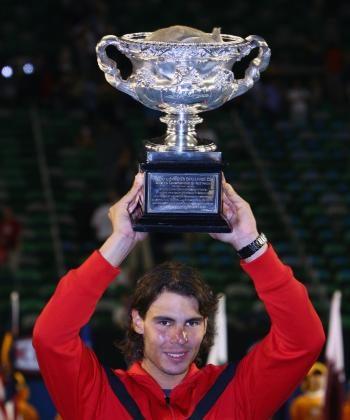
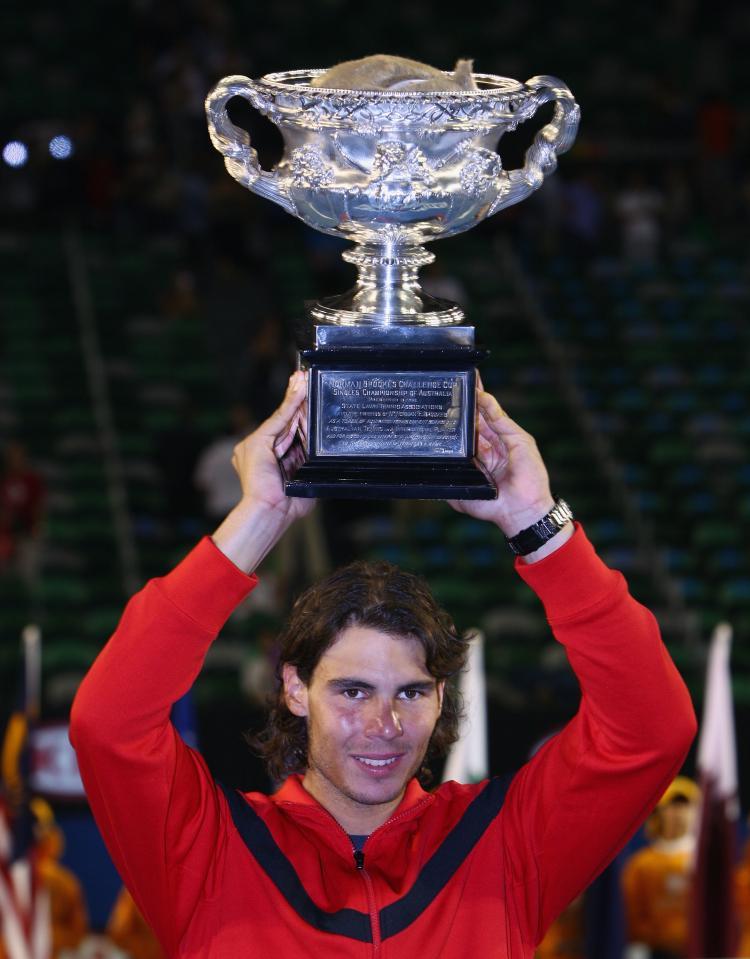
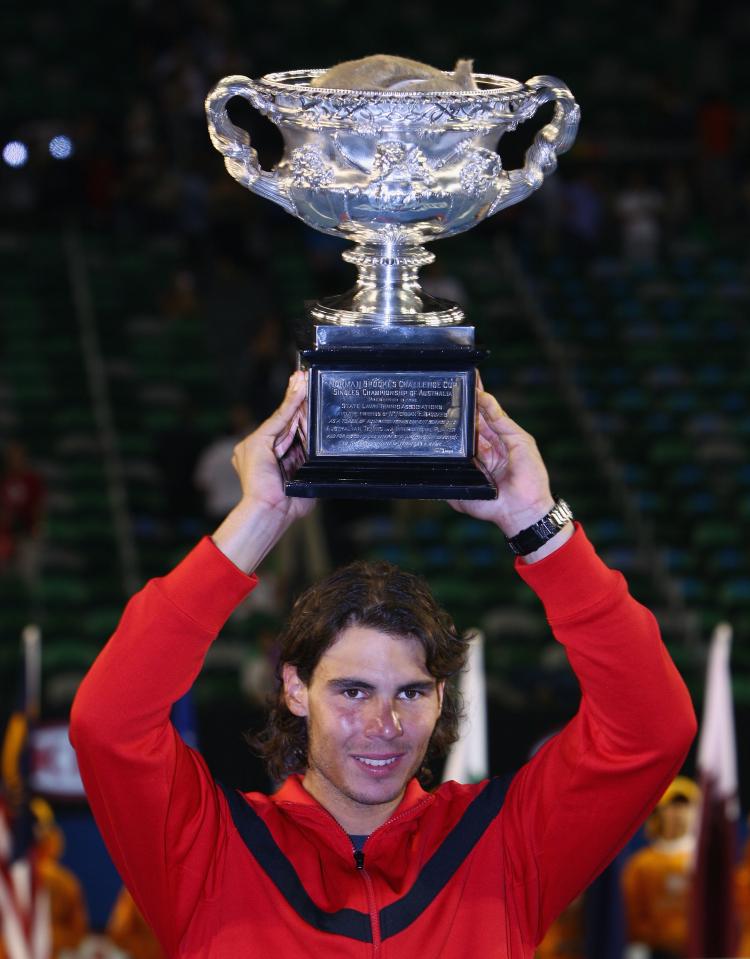
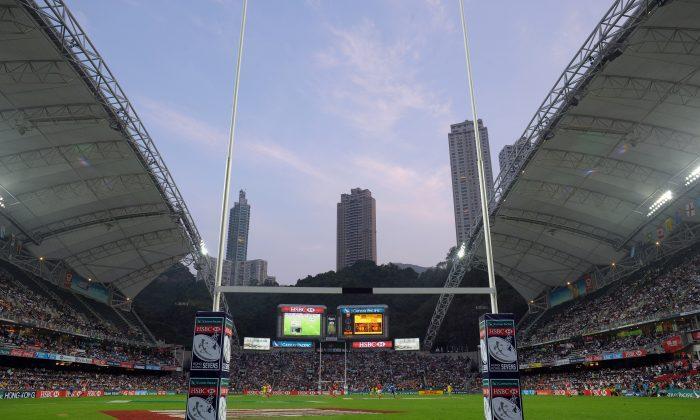
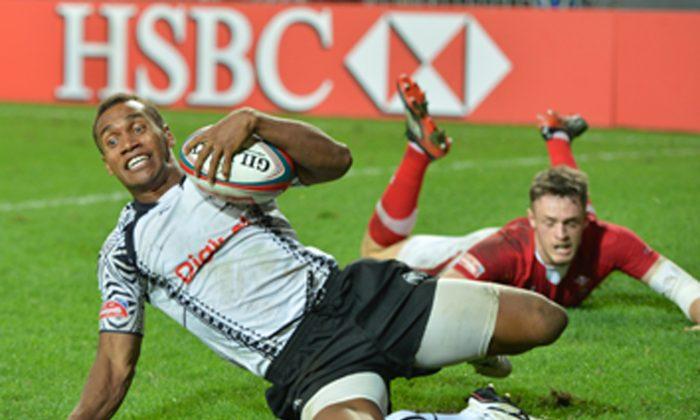
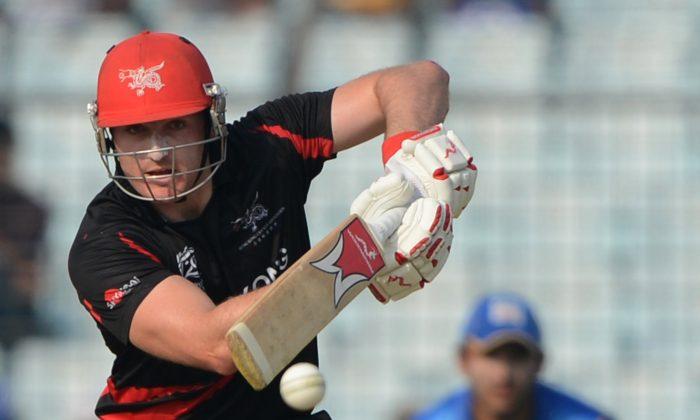
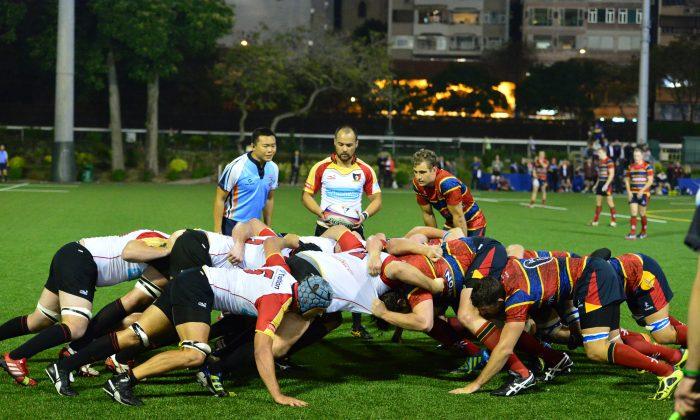
Friends Read Free